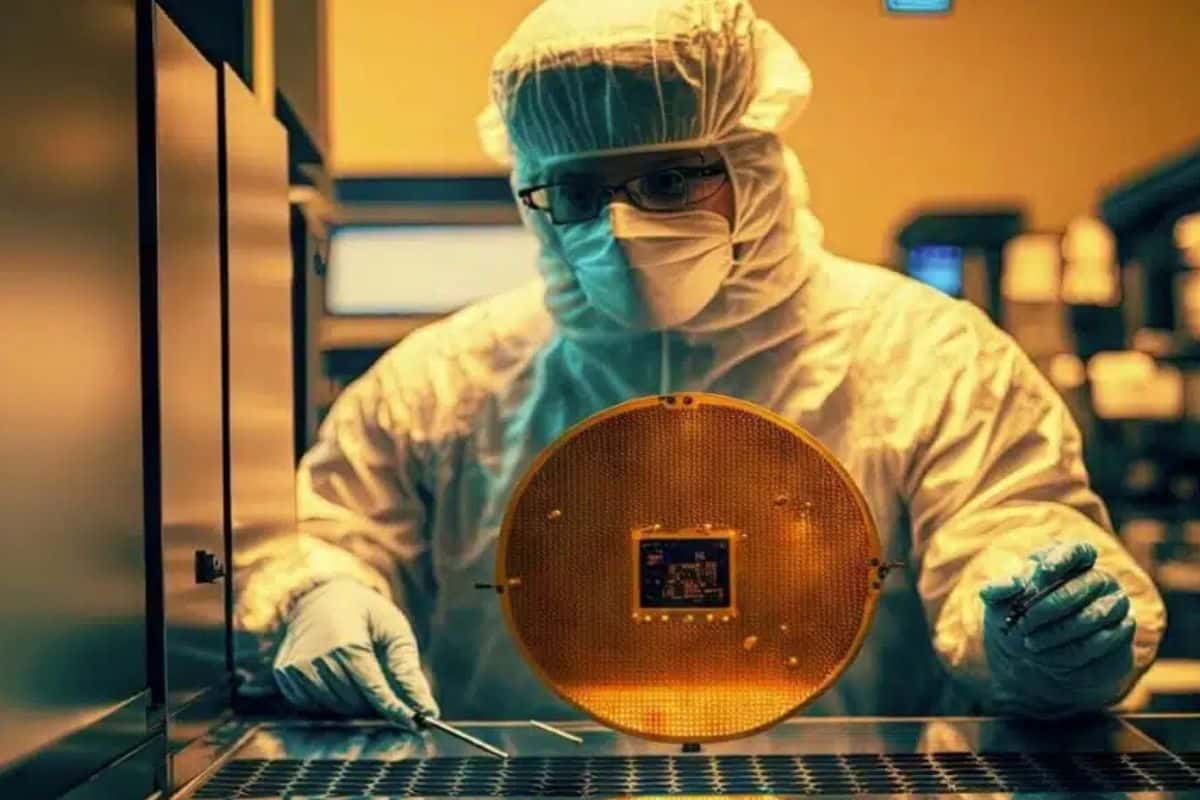Revolutionizing kitchen technology, the **reverse microwave** offers a groundbreaking approach to food preparation while promoting energy conservation. This innovative appliance rapidly cools food and beverages through advanced thermoelectric technology, creating exciting possibilities for culinary enthusiasts and everyday users alike. Let’s explore how this modern device helps save energy while transforming your cooking experience.
Thermoelectric cooling: the science behind energy-efficient chilling
Unlike conventional refrigeration systems that consume significant power to maintain constant cooling, **reverse microwaves operate on demand** using the Peltier effect. This scientific principle allows the device to transfer heat efficiently when electric current passes between different conductors.
The internal mechanism creates two distinct temperature zones—a cold side facing inward toward your food and a hot side that dissipates heat externally. This targeted approach means energy is used only during actual cooling cycles rather than continuously, resulting in substantial power savings compared to traditional refrigeration methods.
When examining energy consumption patterns, the advantages become clear:
| Cooling Method | Energy Usage Pattern | Efficiency Rating |
|---|---|---|
| Reverse Microwave | Short bursts of focused energy | High (when used appropriately) |
| Traditional Refrigerator | Continuous operation | Moderate |
| Ice Bath Cooling | Indirect energy use (ice production) | Low |
The targeted cooling technology means you’re not wasting electricity maintaining unnecessarily low temperatures for extended periods. Instead, the device applies precise cooling exactly when needed, making it an *environmentally conscious choice* for modern kitchens.
Practical applications that enhance kitchen efficiency
The reverse microwave transforms how we approach meal preparation through its versatile applications. By eliminating the need for advance planning when chilling foods, it reduces overall energy consumption while increasing kitchen productivity.
Entertaining guests becomes remarkably more efficient as beverages can be chilled in moments rather than hours. This eliminates the need to keep refrigerators stocked with pre-cooled drinks, further reducing your energy footprint while maintaining spontaneity in hosting.
Common uses that demonstrate energy efficiency include:
- Rapid cooling of hot beverages without dilution from ice
- Quick chilling of desserts that would otherwise require freezer space
- Preparing temperature-sensitive ingredients without advance planning
- Cooling leftovers to safe storage temperatures quickly
- Chilling serving dishes before plating temperature-sensitive foods
These applications not only save time but also significantly reduce the **cumulative energy consumption** associated with traditional cooling methods. Professional chefs have begun incorporating this technology into commercial kitchens, recognizing both the creative possibilities and sustainability benefits.
Maximizing energy savings during operation
To achieve optimal energy efficiency when using a reverse microwave, follow these best practices:
- Group items for cooling rather than running multiple cycles
- Ensure proper sealing when using the device
- Select appropriate cooling settings for different food types
- Position the appliance away from heat sources in your kitchen
- Perform regular maintenance to maintain peak efficiency
By integrating these habits into your routine, you’ll *maximize energy conservation* while enjoying the convenience of rapid cooling technology.
Market evolution and future energy innovations
Since their initial introduction in mid-2024, reverse microwaves have rapidly evolved. Early adopters paid premium prices for the first-generation technology, but **manufacturing efficiencies and increased competition** are steadily making these devices more accessible to average consumers.
Energy efficiency remains a central focus in ongoing development. Current models already demonstrate impressive power-saving capabilities compared to conventional cooling methods, but researchers continue exploring ways to further reduce consumption while expanding functionality.
The integration with smart home systems represents another frontier in energy optimization. Future models will likely feature AI-driven cooling algorithms that adapt to your usage patterns, potentially reducing energy consumption by an additional 15-25% according to industry forecasts.
As these appliances become standard kitchen equipment, we can expect to see corresponding reductions in overall household energy usage related to food preparation and storage. This represents a *significant step forward* in sustainable kitchen technology.
Beyond energy savings: additional benefits for sustainable cooking
While energy efficiency stands as a primary advantage, reverse microwaves offer additional sustainability benefits worth considering. The technology helps reduce food waste by providing quick preservation options for perishable items that might otherwise spoil.
The appliance’s compact design also means less material usage in manufacturing compared to full-sized refrigeration units. Many models feature **recyclable components and eco-friendly refrigerants**, further reducing their environmental impact.
By enabling more precise temperature control, these devices also help preserve the nutritional quality of foods that might be compromised by longer cooling methods. This represents an often overlooked aspect of sustainable cooking—maintaining the health benefits of fresh ingredients through efficient processing.
The reverse microwave exemplifies how thoughtful technological innovation can address multiple sustainability challenges simultaneously. As consumers increasingly prioritize energy conservation in their purchasing decisions, this appliance offers a compelling combination of convenience, efficiency, and environmental responsibility.
Through continued refinement and adoption, reverse microwaves will likely become an essential component of energy-conscious kitchens, demonstrating how practical technology can help us enjoy culinary creativity while respecting environmental limitations.

